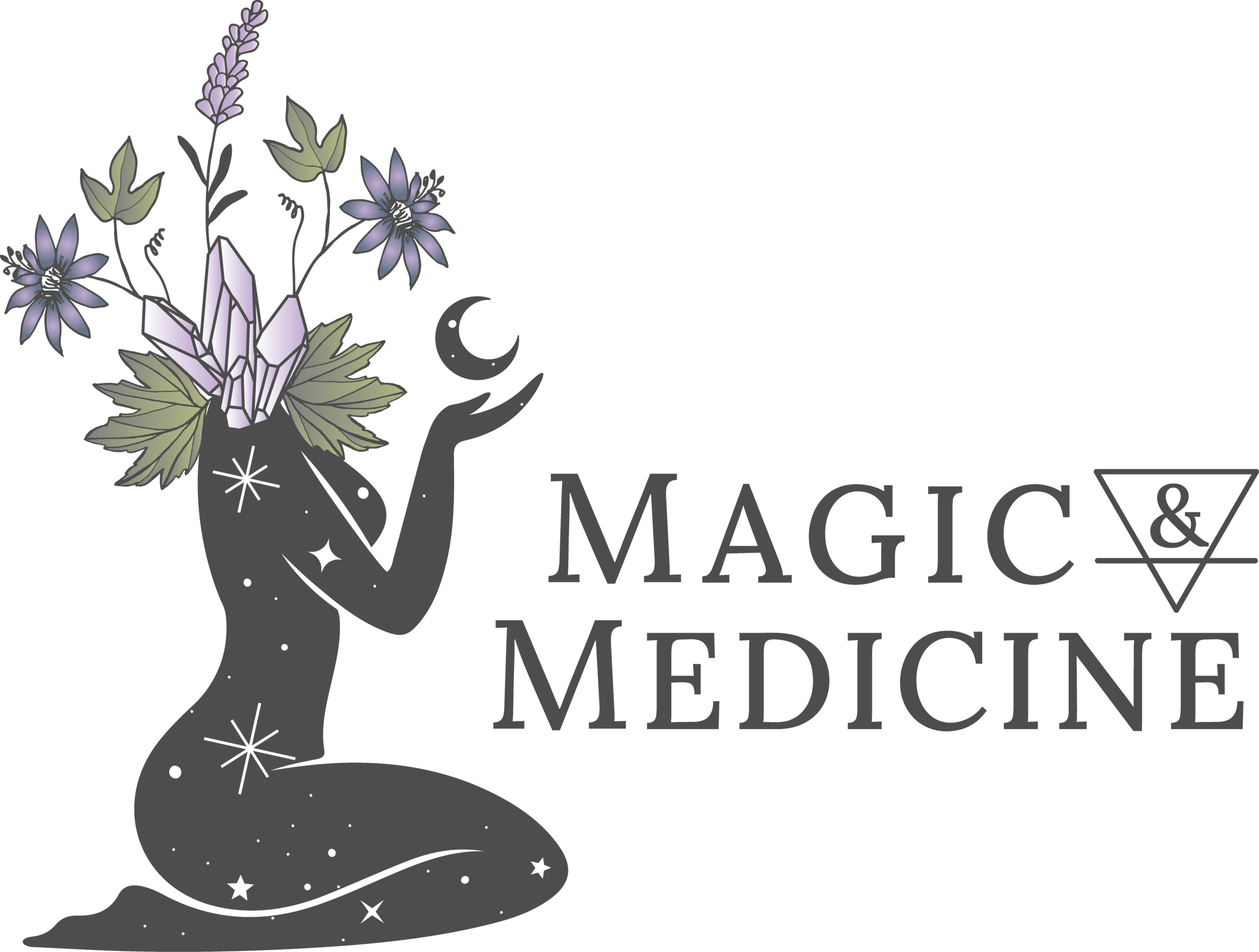Natropathic tools
The practice of Naturopathy is under pinned by six guiding principals, one of which is First do no harm. This means as a naturopath we look to use the most natural, non invasive and lest toxic of therapies to help support the the bodies inherent wisdom to heal itself. Nature provides us with many wonderful plants that are gentle and support healing (though some medicinal plants can be toxic dependant on dose) and as such, medicinal plants grow in abundance throughout the world. Just as animals will graze on specific plants to give relief to what ails them, we humans have followed suit and been incorporating herbs into our diet since the dawn of time. The more pleasant tasting medicinal plants and herbs made their way into our diet in the form of culinary herbs we use to flavour our sauces, vinegars and pestos, or were brewed as the teas we are familiar with such as chamomile, peppermint and ginger. As a Naturopath and medical herbalist, I love to use medicinal plants to support both my family and my clients, healing. Here is a short introduction into the three main preparations I use.
Herbal Teas: Who doesn't love a good cup of tea? Comforting and pleasant tasting, the act of brewing a herbal tea can often be as healing as the tea itself. Herbal teas often do not contain any of the tea plant, but rather are made with a mixture of high quality dried herbs chosen to best suit and support a specific health condition. Herbs can be chosen to support digestion, aid sleep and relaxation, combat candida or boost the immune system. Herbal teas offer both the medicinal properties of the plants (water is an excellent solvent for most of the plants medicinal constituents and minerals) , but also the important benefit of hydration. Brew instructions to get the most out of your herbal tea: Place 1-2 tsp of tea in a tea strainer, place inside a cup. Pour in boiling water 3/4 of the way up the cup and top with cool water to make the water temperature comfortable to drink. Place a saucer over the cup to keep the herbs volatile oils inside the cup. Allow to steep for 5 minutes. Take the saucer off the tea mug, take out strainer and the tea is now ready to drink. Inhale and enjoy the aroma of the tea as you drink it.
Herbal Tinctures: Tinctures are made by placing medicinal plant material into alcohol in order for the alcohol to extract all of the plants valuable medicinal properties. Once strained of plant material, this alcohol preparation is very shelf stable allowing the herbal medicine to be preserved for years. A tincture is also highly convenient to take, as it can be decanted into a chosen bottle size and easily taken with you on your travels. Tinctures can be taken straight in the mouth or mixed with a little water or juice. Often tinctures can have a very strong and concentrated flavour, some of which are not that pleasant! The beauty of herbal tinctures is that you can take one herb alone, or mix several different herbs that will best support each individual. Tinctures can be mixed in different ratios so that they are suitable for children, adults and the elderly.
Bach Flower Remedies: Flower remedies are made from flower essences, a form of energetic plant medicine discovered and developed in the early 1900s by Dr Edward Bach. Bach flower remedies are gentle, safe and work to support alignment of the emotional and spiritual self. Rescue Remedy is probably the Bach flower remedy most are familiar with but here at Magic and Medicine, we have an additional 40 Bach flower remedies to choose from, allowing you to personalise your remedy to your needs.

